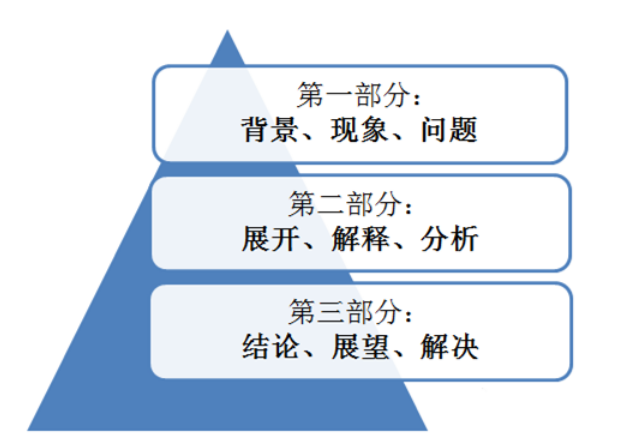听雅思考官告诉你,雅思阅读如何提分
阅读量:
在备战雅思的时候,很多同学都感觉阅读分数达到了瓶颈,难以提高。今天就让雅思考官告诉你,雅思阅读如何提分。

接下来我们看一看“思想力”雅思学习法在阅读中的应用。
一.学术类文章的风格套路
雅思学术类文章的本质是透过现象看本质,现象层出不穷,本质却万变不离其宗。雅思阅读学术类文章的来源主要是学术期刊杂志,其风格主要有以下三个特点:
01. 面向国际读者,科普性质强,文章不涉及晦涩的专业术语,十分清晰。
Nature journals are international, so in writing a paper, authors should consider those readers for whom English is a second language. The journals are read mainly by professional scientists, so authors can avoid unnecessary simplification or didactic definitions. However, many readers are outside the immediate discipline of the author(s), so clarity of expression is needed to achieve the goal of comprehensibility.
这一点和雅思的全称完全吻合:International English Language Testing System 国际英语语言测试系统。考生不用担心文章的学科知识会阻碍阅读,文章的可读性很强。
02. .讲逻辑,讲道理。
Our journal subeditors and copyeditors edit the manuscript so that it is grammatically correct, logical, clear and concise.
阅读文章的时候要还原文章的逻辑脉络。考生应当找出文章逻辑脉络是关键,避免反复阅读。
03. 题目必定有关键词。
Titles need to be comprehensible and enticing to a potential reader quickly scanning a table of contents or performing an online search, while at the same time not being so general or vague as to obscure what the paper is about. We ask authors to be aware of abstracting and indexing services when devising a title for the paper: providing one or two essential keywords within a title will be beneficial for web-search results.
题目就是文章主旨内容的反映。考生应当预判文章内容,而预判的方法就是依据下面分析的文章结构和内容套路。
二.学术类文章的结构套路

学术文章的结构都有严格的要求。
为了吸引读者的阅读兴趣,学术类文章的开头段落通常都会交代背景,引出值得关注的现象,或者提出某个突显的问题。因此开头段通常只是文章的开胃菜,考生一扫而过即可。
学术类文章的主体段落为了说服读者,让读者信服作者的判断,解决方案和结论,主体段落会把问题展开说明,解释现象,分析问题的根源。因此主体段落是全文逻辑上的“顺藤摸瓜”。
学术类文章的结尾段落会表明作者的结论,解决了实际的问题,展现出了对未来的参考意义,也明确了文章的现实价值。因此文章结尾段落通常和题目呼应,读懂了结尾段落和题目,基本就可以把握作者的核心思想。
